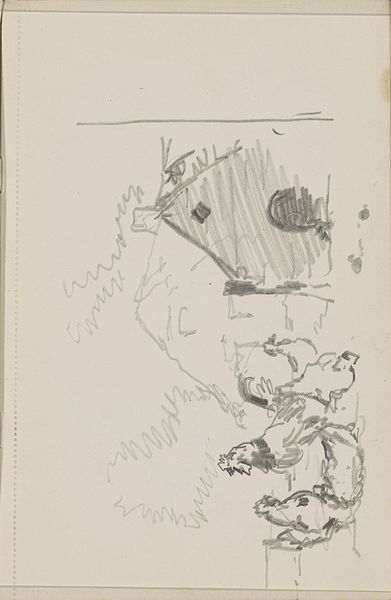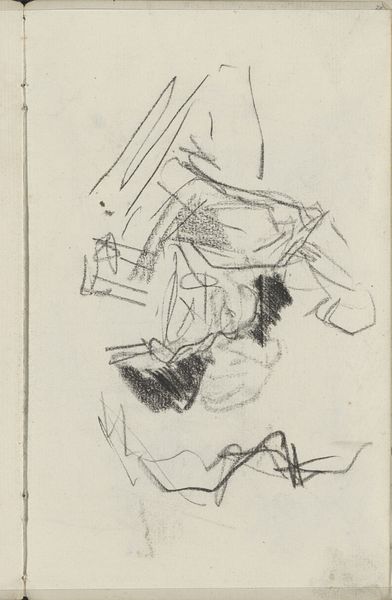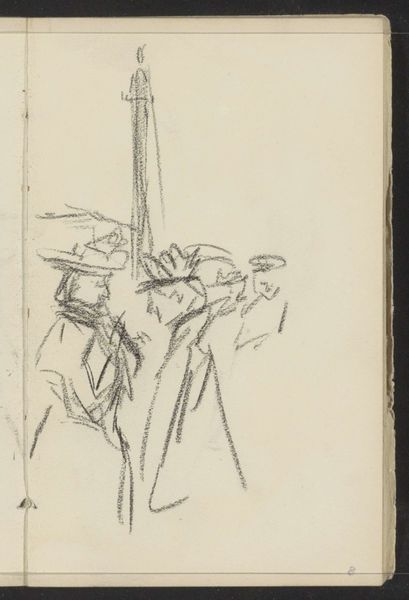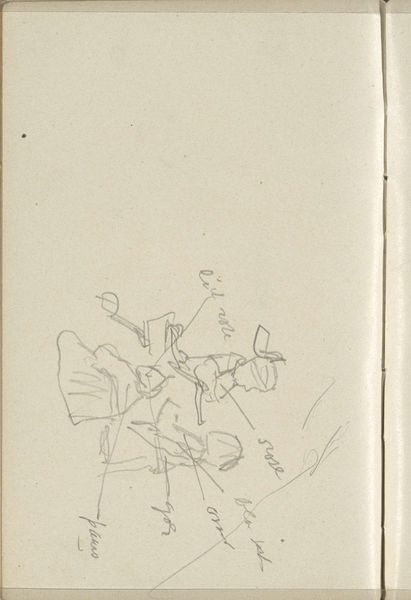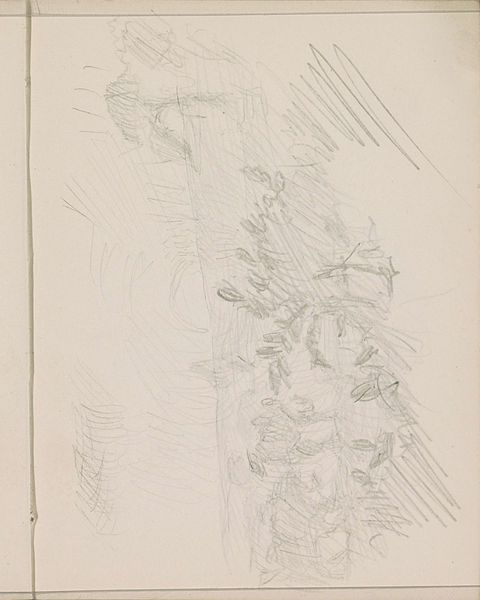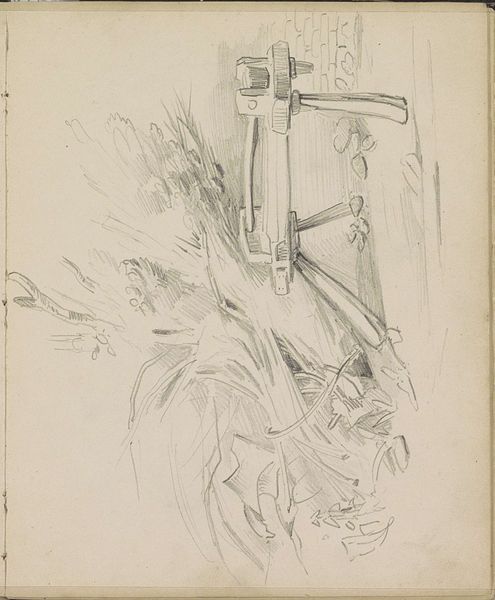
drawing, pencil
#
portrait
#
drawing
#
quirky sketch
#
figuration
#
personal sketchbook
#
idea generation sketch
#
sketchwork
#
ink drawing experimentation
#
pen-ink sketch
#
pencil
#
sketchbook drawing
#
storyboard and sketchbook work
#
sketchbook art
#
modernism
#
realism
#
initial sketch
Copyright: Rijks Museum: Open Domain
Cornelis Vreedenburgh made this pencil drawing of a rower with a bare torso, sometime before his death in 1946. In the Netherlands at this time, artists were engaging with the changing face of labor and leisure. The industrial revolution transformed work, and the sketch captures a raw physicality, focusing on the rower's exertion. It's interesting to consider the social context of the time. Was Vreedenburgh romanticizing the working class, or perhaps commenting on the changing relationship between humans and physical labor? To delve deeper, we can turn to the Rijksmuseum's archives for information on Vreedenburgh’s artistic circle, exhibition history, and perhaps personal writings. By combining visual analysis with historical context, we can understand how the image reflects the social, economic, and cultural forces shaping its creation. It reminds us that art doesn't exist in a vacuum, but is a product of its time.
Comments
No comments
Be the first to comment and join the conversation on the ultimate creative platform.

